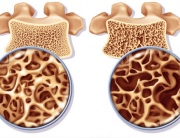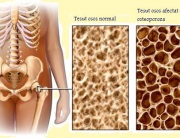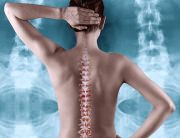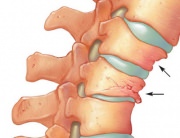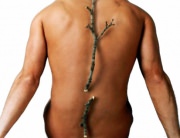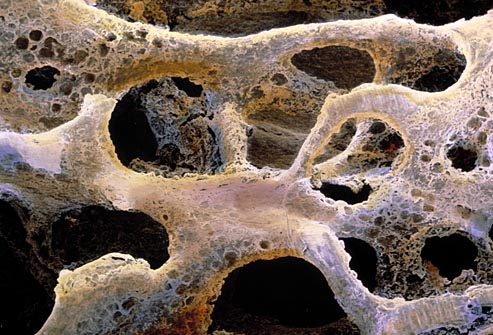 Osteoporosis is a condition characterized by the decrease of bone density and bones to bone. Under the influence of osteoporosis, the bones form an abnormal, compressible, sponge-like porous structure. This bone system condition weakens the bones and leads to frequent fractures. Osteopenia is a bone condition that also leads to a lower-than-normal bone density, but it is less severe than the one caused by osteoporosis.
Osteoporosis is a condition characterized by the decrease of bone density and bones to bone. Under the influence of osteoporosis, the bones form an abnormal, compressible, sponge-like porous structure. This bone system condition weakens the bones and leads to frequent fractures. Osteopenia is a bone condition that also leads to a lower-than-normal bone density, but it is less severe than the one caused by osteoporosis.
A normal bone is made up of proteins, collagen fibres and calcium ions, components that strengthen the bone. The bones affected by osteoporosis may fracture following minor lesions that would normally not cause a healthy bone to fracture. Fractures may be open (as in the case of hip fractures) or compression fractures (as in the case of the vertebral column compression). The spine, the hips, the ribs and the wrists are most susceptible to osteoporotic fractures, through such fractures can occur at any level of the bone system.
What Are The Signs and Symptoms of Osteoporosis?
Osteoporosis can have no symptoms for tens of years, because the first symptoms only appear after the bone fractures occur. In addition, some osteoporotic fractures can go undetected for quite some time, because of the lack of symptoms. That is why some people are unaware that they suffer from this disease until they experience a painful bone fracture. The symptom most commonly associated to osteoporotic fractures is sharp pain; the location of the pain depends on the location of the fracture. The symptoms of male osteoporosis are similar to those of female osteoporosis.
Spine fractures cause sharp pain that radiates from the back to the sides of the body. In time, repeated rib fractures can cause chronic back pain, as well as the height loss and/or the curving of the spine following vertebral compression. This compression leads to a rounded appearance of the upper spine area, popularly referred to as “hump”, because it is frequent amongst elderly women.
A fracture occurring during normal activity is called stress fracture. For instance, some people suffering from osteoporosis can experience leg fractures while walking or even climbing down kerbs or stairs.
Hip fractures generally occur as a result of direct falls. In people suffering from osteoporosis, hip fractures may be caused by minor accidents. This type of fractures can precariously heal after surgical correction, because of the slow bone healing process.

